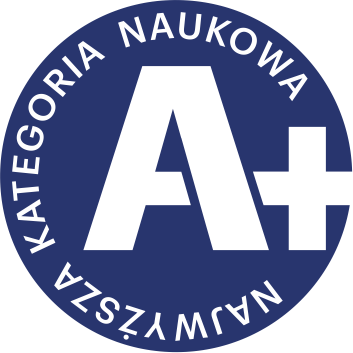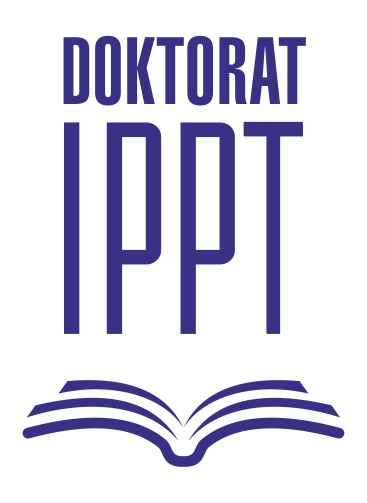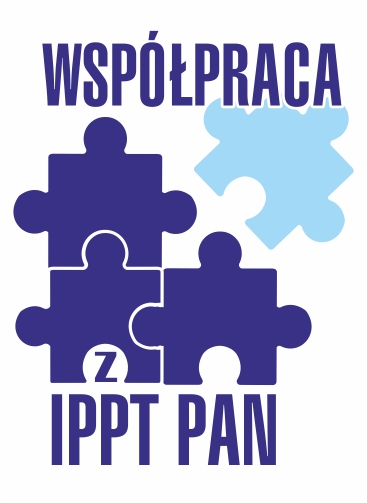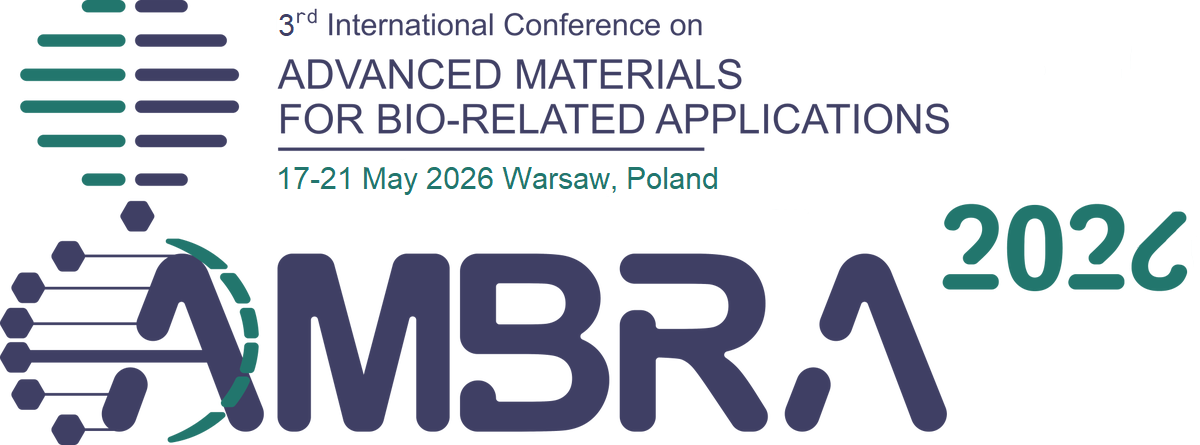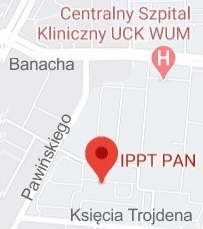| 1. |
Xu W.♦, Wang Y.♦, Yang X.♦, Zeng Z.♦, Wang J.♦, Wang N.♦, Chen S.♦, Jarząbek D., Yu S.♦, Synthesis diamond films on high entropy alloys by chemical vapor deposition: Microstructure, growth behavior and corrosion,
International Journal of Minerals, Metallurgy and Materials, ISSN: 1674-4799, DOI: 10.1007/s12613-025-3167-x, Vol.32, No.10, pp.2560-2571, 2025 Streszczenie:
The heteroepitaxy of diamond films has received widespread attention; however, its application remains limited owing to the mismatch in properties and structure between diamond and heterogeneous substrates. In this study, diamond films were successfully synthesized on high-entropy alloys (HEAs) substrates using microwave plasma chemical vapor deposition. The resulting diamond films were continuous, uniform, and adhered to the HEAs substrates. The mixed carbides were identified using X-ray diffraction, and the quality of the diamond films was examined using Raman spectroscopy. Moreover, the corrosion test revealed that the diamond/TiZrHfMo samples had excellent electrochemical stability and corrosion resistance with a corrosion potential value of −0.169 V in a 3.5wt% NaCl solution. A multiple regression model was established to evaluate the effects of the structure and growth parameters, which confirmed that the mixing entropy significantly affected the grain size and corrosion properties. Słowa kluczowe:
high-entropy alloy, chemical vapor deposition, diamond film, multiple regression model Afiliacje autorów:
| Xu W. | - | inna afiliacja | | Wang Y. | - | Beijing Aeronautical Manufacturing Technology Research Institute (CN) | | Yang X. | - | University of Wales Swansea (GB) | | Zeng Z. | - | inna afiliacja | | Wang J. | - | inna afiliacja | | Wang N. | - | inna afiliacja | | Chen S. | - | National Taiwan University (TW) | | Jarząbek D. | - | IPPT PAN | | Yu S. | - | inna afiliacja |
|  | 70p. |
| 2. |
Kurniawan T., Tsai P.H.♦, Chen S.S.♦, Frakes D.H.♦, Chen C.C.♦, Wang A.B.♦, Practical notes toward higher quality and more reliable experiments on drop and liquid surface interactions,
Experiments in Fluids, ISSN: 0723-4864, DOI: 10.1007/s00348-021-03346-w, Vol.63, No.1, pp.8-1-27, 2022 Streszczenie:
Reliable experimental data are essential for good research. Also, the interaction of drop and liquid surface is ubiquitous and of practical importance in our lives. However, beginning researchers often face an unavoidable long learning curve due to a lack of systematic collection of failure experiences. These include somewhat trivial but also influential factors, especially in cases of low impact velocities, e.g., the feeding process into a liquid tank, the dropping into a drip chamber, and/or neglecting the initial velocity associated with the dripping drop generation in the experimental preparation processes, etc. Inconsistent experimental comparisons may arise from different methods of thin-film preparation and measurement or from nonunified parameter definition, e.g., the penetration depth of vortex rings induced by low-velocity drop impact, which makes experimental data analysis and comparison even more challenging. Here, we have accumulated some of our experience in preparing drop and liquid surface interactions including a short review of preparing thin (or very thin) target liquid film of well-defined thickness; the method to minimize the commonly neglected current underneath the target liquid; the method of generating the satellite-free drop along with the correct prediction of drop oscillation phase in the free-falling period after pinch-off, and the role of drop initial velocity, etc. These archival data are expected to shorten the learning period and facilitate benchmarking of related experiments for future users in our community. Afiliacje autorów:
| Kurniawan T. | - | IPPT PAN | | Tsai P.H. | - | National Taiwan University (TW) | | Chen S.S. | - | National Taiwan University (TW) | | Frakes D.H. | - | National Taiwan University (TW) | | Chen C.C. | - | National Taiwan University (TW) | | Wang A.B. | - | National Taiwan University (TW) |
|  | 100p. |




